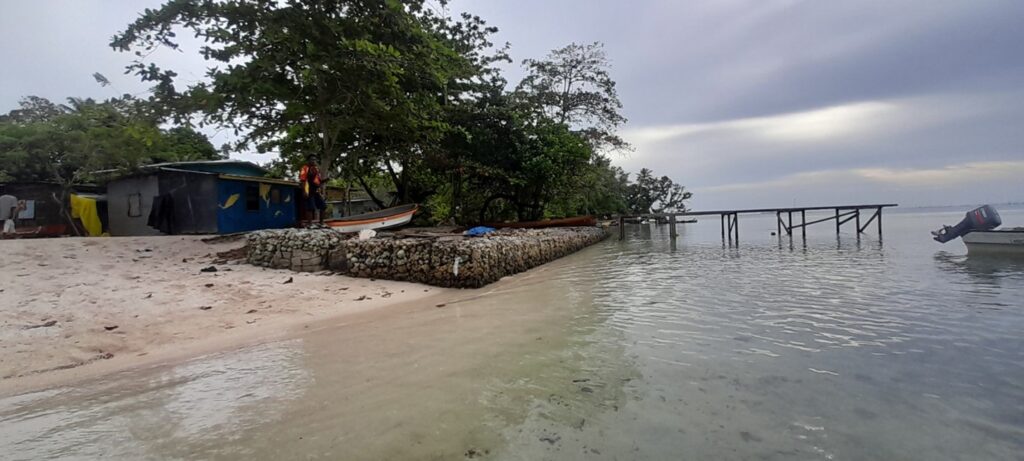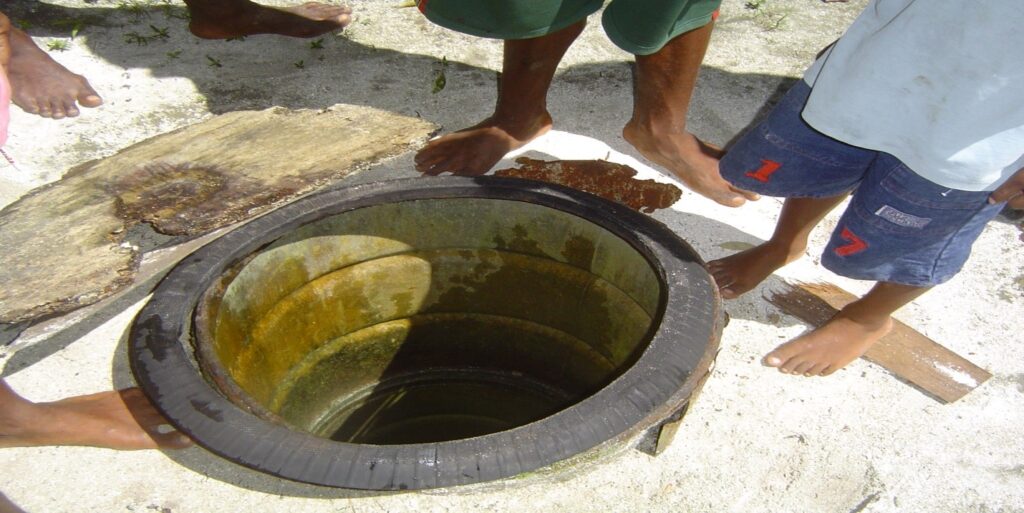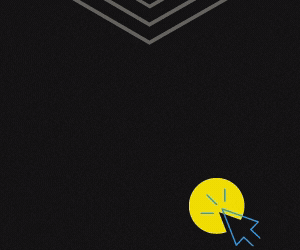By CLIFFORD FAIPARIK
Rising sea
Ahus Islanders in Manus Province in Papua New Guinea is at a crossroad in managing their reef to address the effects of rising sea levels. They are an indigenous people from the Mbupi tribe and they speak the Ahus language. Originally from the mainland about 3 nautical miles away, their main activity for sustenance is fishing. In the late 1800s their ancestors migrated to the island because they want to stay close to the reef and harvest the rich marine resources like fish and crustaceans.
They are at the cross road to either destroy the reef in order to build stone wall to prevent the rising sea from eroding their coastline, or not to build stonewall in order to maintain food security.
Reef is a natural barrier against the onslaught of strong waves from eroding and destroying the coastline. It also is a natural habitat and breeding grounds for various fish species, crustaceans (crabs, shell fish etc.) and other marine lives like turtles. The reef is constructed and fused naturally by stone and coral through millions of years of evolution.
Unfortunately, rising sea caused by global warming has overlapped the natural barrier and is pounding and eroding the coastline making the island smaller. The 28-hectare Island in the open Pacific Ocean also acts like a barrier against the full onslaught of the strong waves on the main land (Manus Island) of which the closest area on the mainland is about 1.62 nautical miles away.
Ahus, which is about zero meters above sea level, is a small tropical vegetation island which takes only about 30 minutes to walk around it. And so, during the king tide season in November the sea rises about two meters and sweeps all over the island. The king tide sweeps in to the area facing the north towards Guam.
Destruction of reefs
In past during the King tide seasons sea level usually doesn’t rise that high, and waves only pound the coastline. However, in the last 20 years the tide has been sweeping all over the island at the depth of about 50 cm.
As well as eroding land and entering houses the overflowing tide also contaminates their fresh water well making the water become salty.
This impact has forced them to build stone walls along the coastline and to get stones, they have to crack the stone formatted reef with crow bars.

Stone wall on Ahus Island: Photo by Clifford Faiparik
“We are seeing many changes that are happening on our islands for the last 20 years, Village Councilor Michael Chongohan said.
“About 20 meters of our coastline have eroded, and so the villagers living along the coastline have to build seawall to prevent their coastline from eroding. And of course, they have to break stones from the reef to build the seawall.
“Not only that but population is increasing and so people need to build permanent houses. So, they have to break more stones from the reef. The stones are used together with cement and sand with water to form strong concrete foundation for building. And we can’t stop them. And in doing so they are destroying the reef which is also the fish breeding ground.
“Apart from the damage to the reef by islanders, the strong receding king tide swept the sand from the back of the island on to the reef and covered the rough edge and crevices of the reef. The crevices are where fish and crustaceans lay their eggs and serve as breeding ground. Unfortunately, the sands cover these crevices destroying the breeding grounds of the marine lives that the islanders feed on, or sell for money to buy basic household needs, school and medical fees or trade through barter system with the mainland people for garden food”, Mr Chongohan says.
A concerned mother of three Monica Chilikawe said, “Before when I was a small girl back in the late 1980s and early 1990s I used to follow my mother to the reef which is just near our island coastline and we used to catch many fish, octopus, and shell fish. But now, it’s hard and I don’t catch many fish any more. I don’t see octopus on our reef.”
She continued, “These days’ men paddle out to the reef in the sea outside of our island to catch fish. We women don’t paddle out to the open sea. Now my husband paddles out to the reef to catch fish. For me I stay in the house and do another house chore. And when he brings the catches, if there are many then we smoke them and bring them to the market on the main land to sell. If not enough, we eat them for our breakfast, lunch or dinner.”
She said, “Fishing is our life and the reef is our garden. Before it was easy. When we go to the reef, fish was just there. Now due to the reef destruction we are catching smaller number of fishes. Now there is only one certain area on the reef where fish is plenty but it is over harvested. We are all going to catch fish in that same area. Now I go and fish and when I’m finished other men or women will go and fish there as well. And we are spoiling our fish stock now”.
Interview of the Chilikawes
Seaweeds for survival
Mr Chilikawe said that he is now trying out seaweed farming to sustain the daily livelihood of his young family.
“Just this year the National Fisheries Authority (NFA) officers introduced us to seaweed farming. So, for me I’m going into seaweed farming because it is easier and is close to the seashore. Other Islanders also have ventured into this farming.
The NFA Officers taught us how to cultivate, harvest and process seaweed. They also made awareness on what cured seaweeds will produce such as cosmetics and food and how much our harvested seaweeds will fetch on the international market. We are now enthusiastic to try out this new project.
Some international buyers have come to the island and showed interest to buy our seaweed. Some other Islanders have already sold their seaweeds and the money is good. For me I’m just starting so I’m yet to make my first sales.”

Drying of harvested seaweeds on Ahus Island: Photo by Clifford Faiparik
Partnership with National Government and International Agencies
For a small over populated island community the struggle to maintain their livelihoods in the face of rising sea levels is real. They have been thinking about relocating to their ancestral land on the mainland but this will need government help.
Councilor Chongohan said that as a way to adapt to the effects of climate change, they are preparing to return to their ancestral land back on the mainland island (see separate story).
“At the same time, we are working with the National Government through the Climate Change and Development Authority (CCDA) for adaptation projects such as seaweed farming, rainwater harvesting tanks and early warning equipment supply.
Also, NFA officers introduced us seaweed farming. This is a new way for us to make use of our natural environment and sustain our daily livelihood as our traditional fishing activities can no longer sufficiently sustain us. And apart from cultivating seaweeds for commercial purposes, seaweeds can also become a breeding area for fish. Seaweed plantations will attract fish to spawn and lay eggs.
For that we will have to have a planning meeting with all the islanders to collectively agree on which areas will we allocate for seaweed farming for breeding fish and which area for harvesting.”
For fresh water harvesting, “so far CCDA have delivered five water tanks (9000 liters). The tanks are to catch rain waters for us to use for daily household needs.
Mr Chongohan said that they used to manage well their water resource.
“Our fresh water well is ok. It’s only during king tide season that sea water overflows the coastline and sweep over the island and flows into the water well. To clean the well we use buckets and containers to remove the contaminated water from the well till we taste fresh water again.
During prolonged drought like El Nino, we paddle on our canoe for about an hour to the mainland to fetch water in containers and bring the containers back to the island to cook and drink”.
Now the water tanks are very helpful.

Low water well on Ahus that King Tide goes in easily. Photo by Clifford Faiparik
Meanwhile CCDA Project Manager Frank Alkam said that they have been working closely with Ahus Islanders to deliver resilience project.

Water tank donated by CCDA. Photo by Clifford Faiparik
“And yes we have delivered water tanks and a two way radio there.
CCDA has also delivered a two-way radio. The radios are for early warnings, to notify Authorities of dangers caused by rising sea.
We also have plans to build a community hall for them to meet and discuss climate change and other issues affecting their community. Water tanks and communication radios are under our resilience project and that is to help them overcome shortages of water. That is if water in tanks run out of water, then they can communicate through the radio with Provincial Disaster officers in Lorengau Town (Provincial Government center) to seek relief supplies like fresh water”.

Two-way radio communications donated by CCDA for early warnings. Photo by Clifford Faiparik
“We also have plans to build stone walling to contain the rising sea from doing more extensive damages to their coastline. We have plans to address food security to grow corals and to construct artificial reefs to repopulate their fish stock. Such plans for artificial reefs are for the Islanders to change their ways of fishing on natural reef and adapt a new approach on fishing on artificial reefs. This is part of our adaptation projects.
Mr. Alkam said that they are working with the Manus Provincial Government (local Authority) to come up with Assessment plan. “We have done vulnerability assessments and have already got the results that we want. And we will go back and do more climate change awareness. So those adaptation measures that we have identified like water and sanitation, early warnings, food security on the island, we will try to mainstream that into District and Ward plans under the Provincial flagship. So, it is captured in the Government framework. So that when we leave the Provincial Government can take over from us”.
Mr Alkam said that they are working together with other National Government Agencies like Conservation Environment Protection Authority (CEPA), National Fisheries Authority, National Department of Health and Department of National Planning to implement resilience project in PNG. And Ahus Island is one of the communities that we are implementing these resilience projects “This assistance is under the Asian Development Bank (ADB) funded Building Resilience to Climate Change (BRCC) in PNG Project. This project is funded for US$24.7 million and the contract has been given to the United Nations Development Program to manage. The funds are from the Climate Investment funds. And those funds are managed under ADB. And the implementing Agency is CCDA. The project started in 2016 and was expected to wind down by 2021. But since that most projects are yet to be delivered the Project still continue. It’s a pilot project and covers the Provinces of Morobe, Manus, Milne Bay, East New Britain and the Autonomous Region of Bougainville”.

